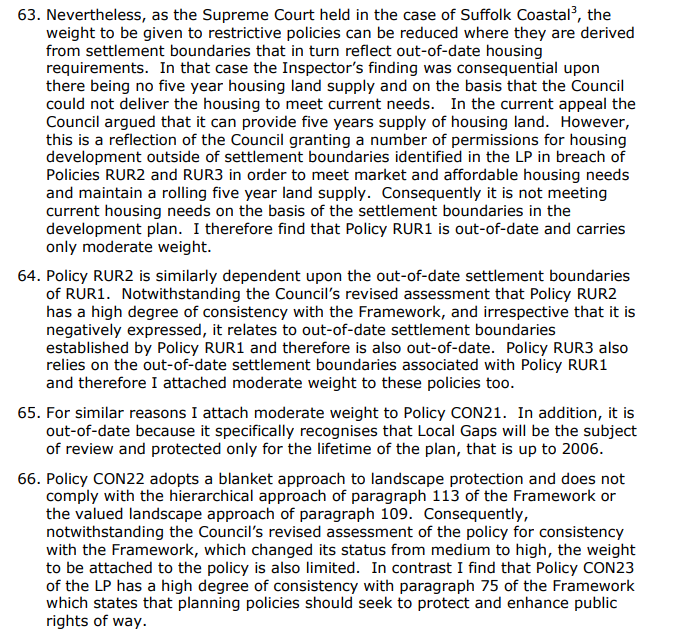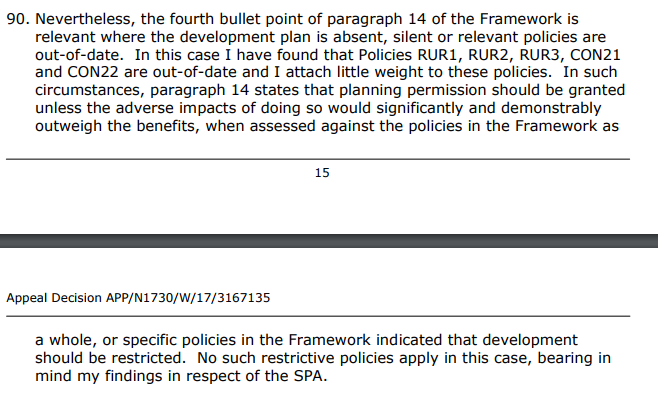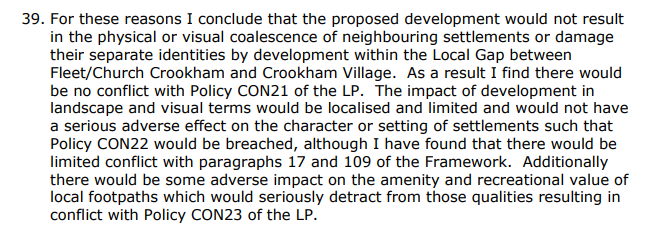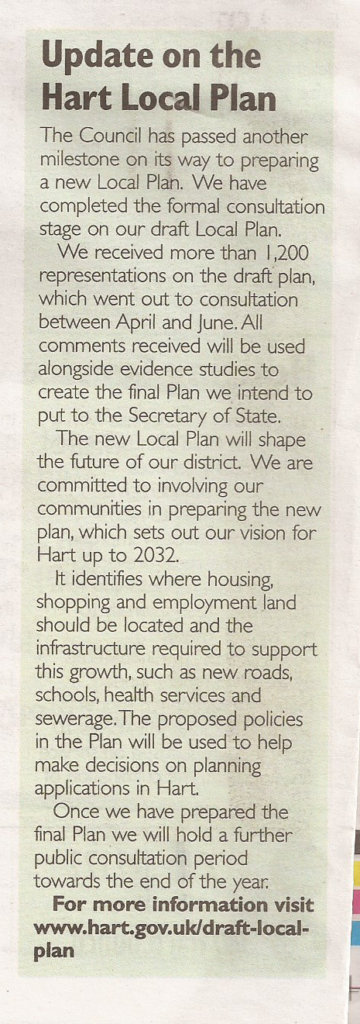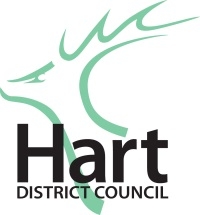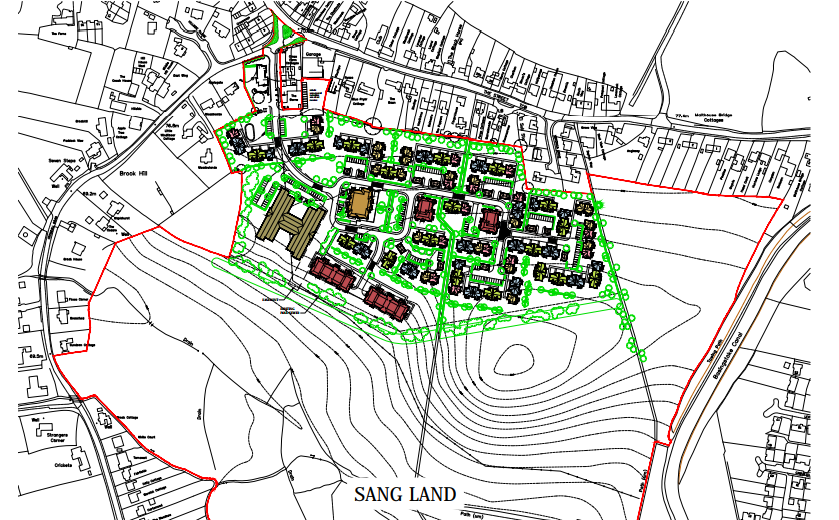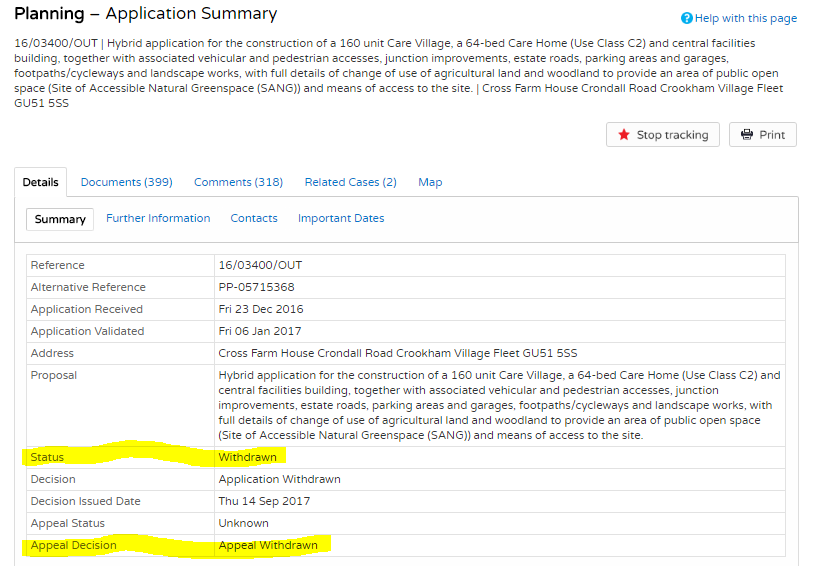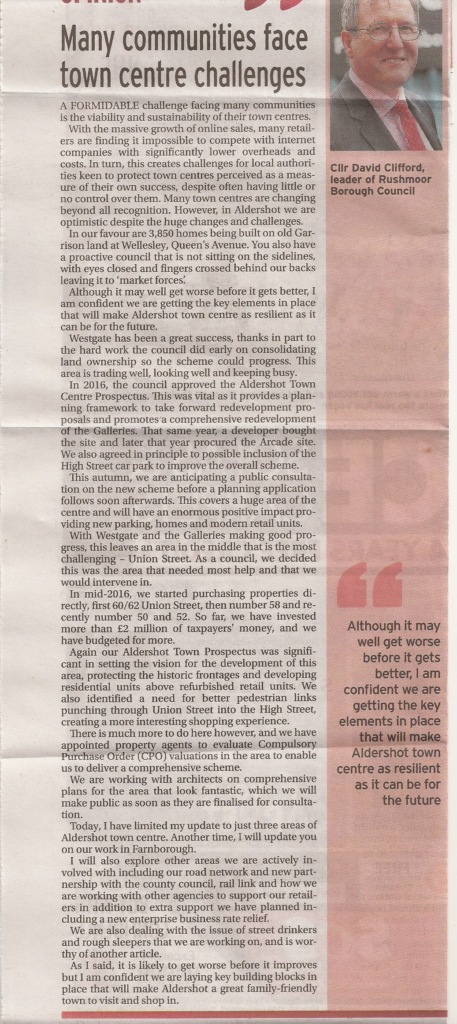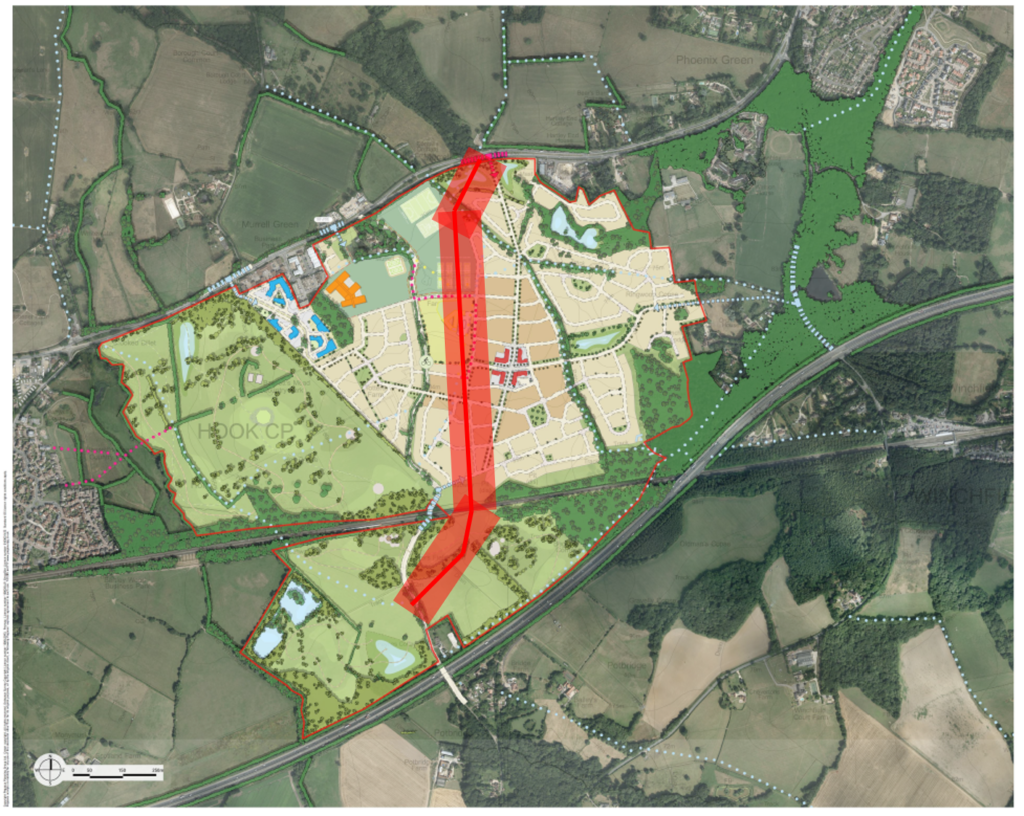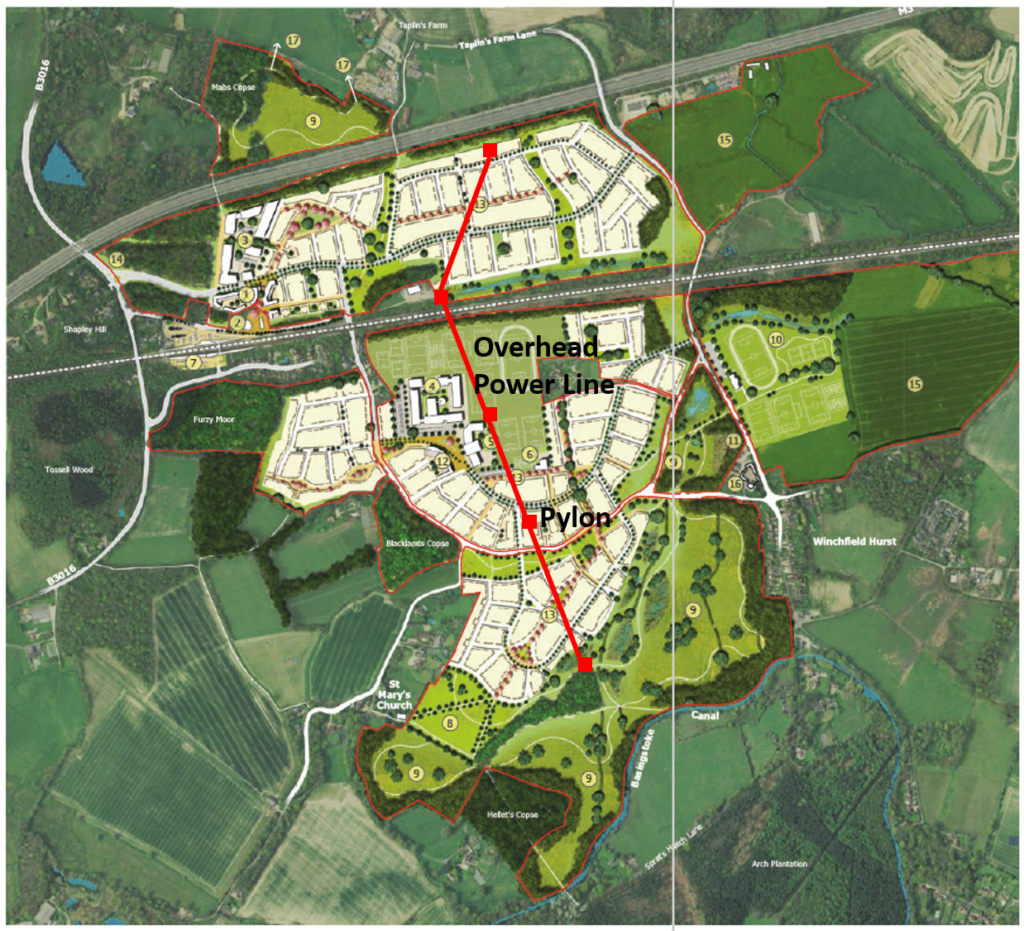
New Government methodology reduces Hart housing need
Yesterday, the Government published a consultation (Planning for the Right Homes in the Right Places) on its proposals to simplify and standardise the calculation of housing need. The good news is that Sajid Javid’s new methodology, if adopted, will result in a significant reduction in Hart housing need. There are also reductions for Rushmoor and Surrey Heath.

Government Housing Need Consultation results in reductions for Hart, Rushmoor and Surrey Heath
Impact on Hart Housing Need
If this proposal was adopted, the full housing requirement for Hart would fall to 6,132 new dwellings. This compares to the Hart’s current Local Plan total of some 10,185 and the total outlined in the Strategic Housing Market Assessment (SHMA) of 8,022. The new target of 6,132 is above the 5,144 we recommended in the recent Local Plan consultation. But, clearly, if the new figure of 6,132 was adopted, we would welcome it.
The Government now calculates housing need on the basis of the most up to date demographic projections. They then add an adjustment for suppressed households and affordable housing. The affordable housing adjustment is based on local house prices compared to local earnings.
This vindicates the stance we have been taking for years now: Hart’s housing target is ridiculous. The current SHMA takes out of date demographic projections and makes lots of spurious and arbitrary adjustments that don’t address the needs of the district. Then Hart Council added a further 2,000 houses to that. This new approach proposed by the Government is much more sensible.
Impact on Rushmoor and Surrey Heath
This is also good news for Rushmoor and Surrey Heath. Rushmoor’s overall housing target reduces by 2,982 houses. Rushmoor has already said it can meet it’s current target, so this leaves it with significant extra capacity.
Surrey Heath’s target reduces by 630 houses. Surrey Heath has said it will endeavour to meet its current housing target, but if it can’t, then Hart and Rushmoor would be expected to make up any shortfall. Previous estimates of their shortfall were around 1,400 houses. These new proposals make any problems Surrey Heath has much easier to solve.
Taken together, these reductions are very welcome and reduce the risk that Hart will be forced to take any overspill from Surrey Heath.
Impact on the Hart Local Plan
There is further good news. If the current Local Plan is more than five years old or if the new Local Plan is not submitted by 31 March 2018, then the new methodology must be used. This means that Hart should start considering this new methodology immediately.
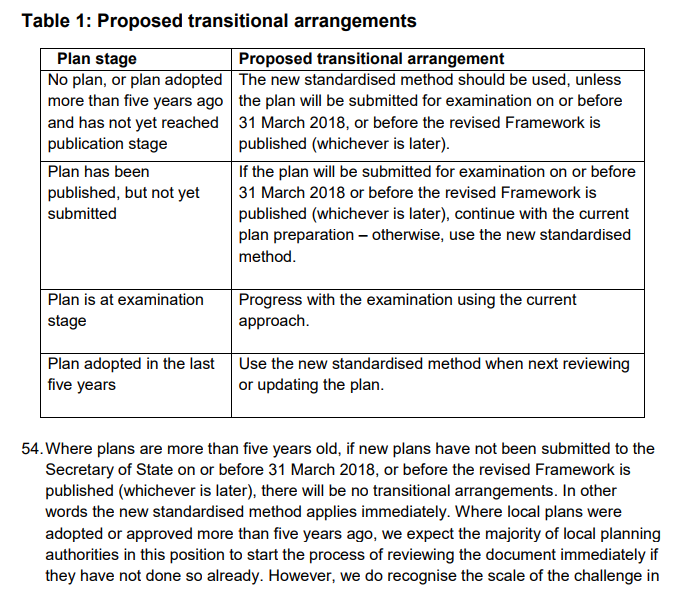
Impact of new methodology on Hart Local Plan
If the new methodology was adopted, then the Hart housing need drops and Hart would need to build far fewer houses. According to the recent Local Plan consultation, a total of 5,594 houses have already been built or planned for as of January 31 2017. This would 600-700 houses left to plan for, maybe a few more to give scope for taking Surrey Heath over spill. In round numbers, let’s assume 1,000 houses left to plan for. Planning for a few more houses than those demanded by the standard method would mean that the Inspector would have to work on the assumption that the Plan was sound.
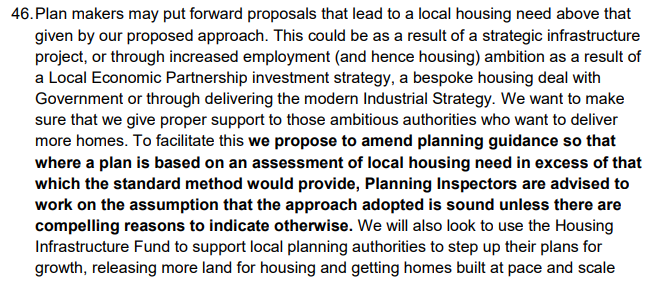
New Government housing methodology – impact on planning inspectors
This could be easily made up from brownfield sites in the draft Local Plan. Sun Park (320) and Hartland Park (1,500) would more than meet the remaining need, with plenty of room to spare. This would mean Hartland Park could be built at a slower rate.
The implication of this is that we would need no new settlement. No building at Murrell Green, no new settlement at Winchfield or at Rye Common. Furthermore, Pale Lane (Elevetham Chase) and Cross Farm wouldn’t be required. It remains to be seen whether the inspector will take account of this new methodology to save Netherhouse Copse (Grove Farm) in the current ongoing appeal.
Impact on Neighbourhood plans
In a further piece of good news, the Government proposes that the way housing need in Neighbourhood plans is calculated should be simplified. It says that it should be based on the proportionate population of the Neighbourhood planning area.

New Government housing methodology – Neighbourhood plans
This is essentially the same proportionate method that we have been advocating for some time. It will finally mean that David Cameron’s promise that local areas should not simply have new housing estates dumped upon them will be met. This proposal will also effectively mean that existing urban areas should become more dense. This is another policy we advocated in the recent consultation.
Note of caution
So far, this is just a consultation and is not yet adopted. There is therefore a risk that developers will seek to water down the proposals or amend them. We have done a quick analysis of the Government spreadsheet and that shows that roughly half of Local Authorities have had their targets increased and roughly half have seen a reduction. Overall, the housing need identified by the Government is about 266,000 houses per annum, in line with previous estimates of overall national requirements. So, in our view, developers don’t have much of an argument – the proposals seem to redistribute the housing targets where they are most needed.
Moreover, there are some potential pitfalls in planning for certain groups such as the elderly and affordable housing in paras 89 & 90. However, this is really about how to get the total to add up, rather than changing the total.
Conclusion
Overall, we think that if these proposals are adopted it is very good news for Hart, Rushmoor and Surrey Heath. The new Hart housing need would be very achievable and would save many of our precious green fields that are under threat.
We would urge you to respond to the Government’s consultation and give it your support.
We also expect the council to set to work immediately to revise the draft Local Plan to take account of these new developments. This should be easy. They are already planning for far more houses than we need, so striking out the controversial green field developments should be a relatively simple task.
